6 Social Media Trends That’ll Help You Shape Your Marketing Strategy in 2017
5 years ago marketers like you were probably still trying to make sense out of social media.
The impressive growth of Facebook with 310 million active users was difficult to ignore. Maybe you incorporated the social giant and other social networks with staggering growth numbers into your marketing strategy.
But, it was a tough ask to dedicate time to social media. Google was still the behemoth of driving website traffic and the most stable referral source of them all. You might have neglected integrating this new shiny social thingy in your marketing budget and strategy.
Fast forward to 2016. You cannot afford to lose the opportunity of interacting with your customers on social media. Look at these astonishing facts about the current social media landscape.
- As of Jan 2014, over 75% of all internet users were using social media. There are now over 2 billion active social media users worldwide.
- For the 18-49 age group, YouTube has greater reach than any cable network.
- For 400 major media outlets including the likes of Wired, The Atlantic and Reuters – Facebook has overtaken Google as the number one traffic source.
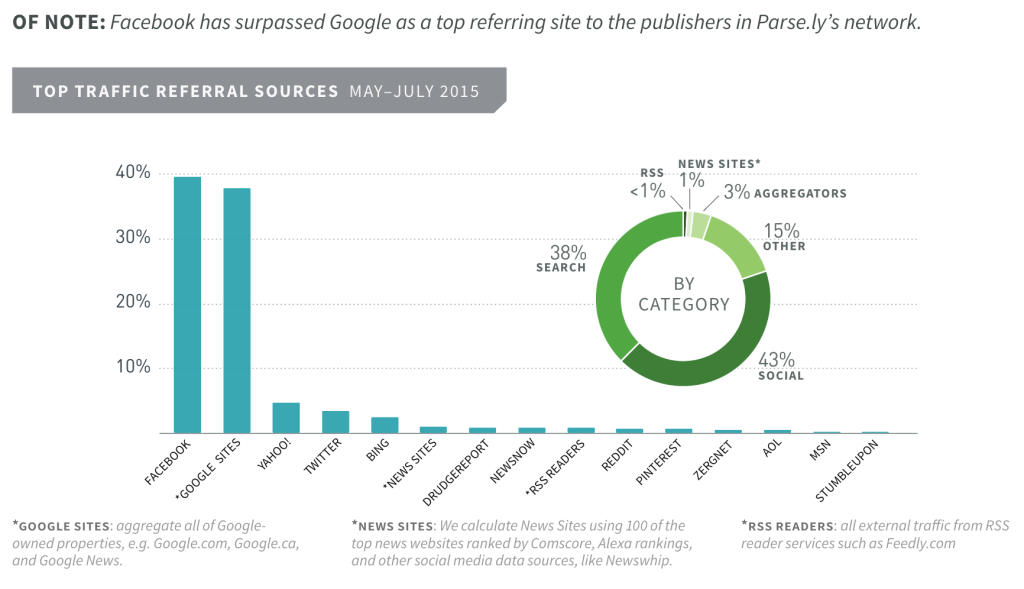
I hope that you’re already marketing on social media. Because 9 out 10 companies in the US are active on social media.
According to Social Media Examiner’s 2015 industry report, more than half of the companies surveyed said that social media is helping them to lift their brand’s presence and boost their sales.
So, what can you expect ahead in 2016? Will you see the rise of new social media platforms? Can marketers expect more advertising opportunities from niche social networks?
Don’t worry, I’ve put together a list of 6 social media trends that you are likely to see this year. They’re backed by data and recent happenings in the social world.
Are you ready to build your brand’s audience and increase your sales using social media?
Here’s trend number 1 to help you shape your social marketing strategy for 2016.
1. Live video streaming will gain full throttle with Facebook joining the likes of Periscope and Meerkat
Have you heard of Periscope? Or Meerkat?
They’re live video streaming apps. Journalists are using them to provide live footage of events. Even brands like Red Bull are broadcasting the events they host around the world.

Spotify, a lead music streaming app is also using Periscope for streaming exclusive performances by guest musicians.
On their very first scope, Spotify’s director of social marketing shared that there were 380 or so live viewers and about 1500 hearts on the stream microsoft office onlineen.

So why did the app take off so incredibly and why did Twitter acquire it in March, 2015 for a staggering 100 million dollars?
Because of the real-time effect that people love about social media, coupled with the internet love for video.
You get to post what you’re doing, at the very moment you’re doing it, without subletting any memory from your smartphone.
In Periscope’s founder’s words,
It may sound crazy, but we wanted to build the closest thing to teleportation.
There is no better way to experience a place right now than through live video, right?
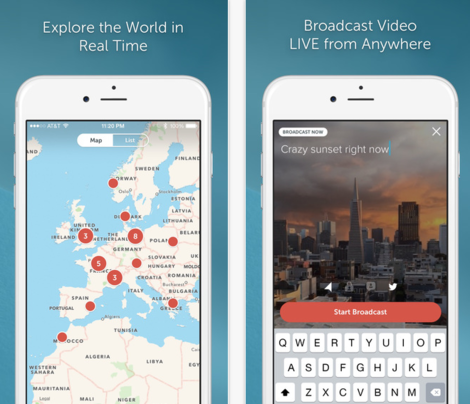
That’s why 350,000 hours of video content is now streamed everyday on Periscope.
How can marketers incorporate Periscope into their marketing strategy?
As a marketer, Periscope is a great app because you don’t need to start a new community from scratch. You can promote your live feeds to your existing followers and boost your Twitter presence by engaging with them.
Here are some specific strategies
1. Craft a compelling video title and engage users from the moment they click on your video. Like Engadget posted, “Watch our live unboxing of @Microsoft’s @Surface 3 now!” A gadget geek would be thrilled to click and watch such a video.
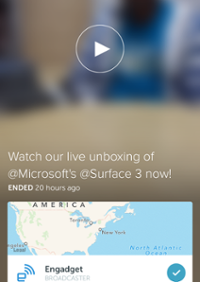
2. Scarcity always works to grab attention of your audience. And since a video broadcast expires in 24 hours on Periscope, it’s a brilliant tool to add in your video marketing arsenal.
You should also consider turning on your location if it helps in making your broadcast more relevant.

3. Broadcast on Periscope when you get maximum engagement on Twitter. You can make an announcement that you’ll be doing a scope. Or do scopes regularly at a particular time.
Be prepared to answer the comments fast, as they will scroll up the screen and disappear quickly.
You’ve got to engage because people want to connect and get value from you.
4. You might want to sign up for Katch.me to archive your scopes for longer than 24 hours. It also gives you the liberty to re-share and embed your scopes.
5. Even without signing up for Katch.me, you should consider repurposing your scope if it went well. Maybe upload it on YouTube and write a short blog post describing what went on in the scope.
A major problem you might encounter while marketing using Periscope is its misleading analytics data.
As an example, look at Greg Galant’s impressive statistics below that he shared on Twitter video schneider kostenlosen.
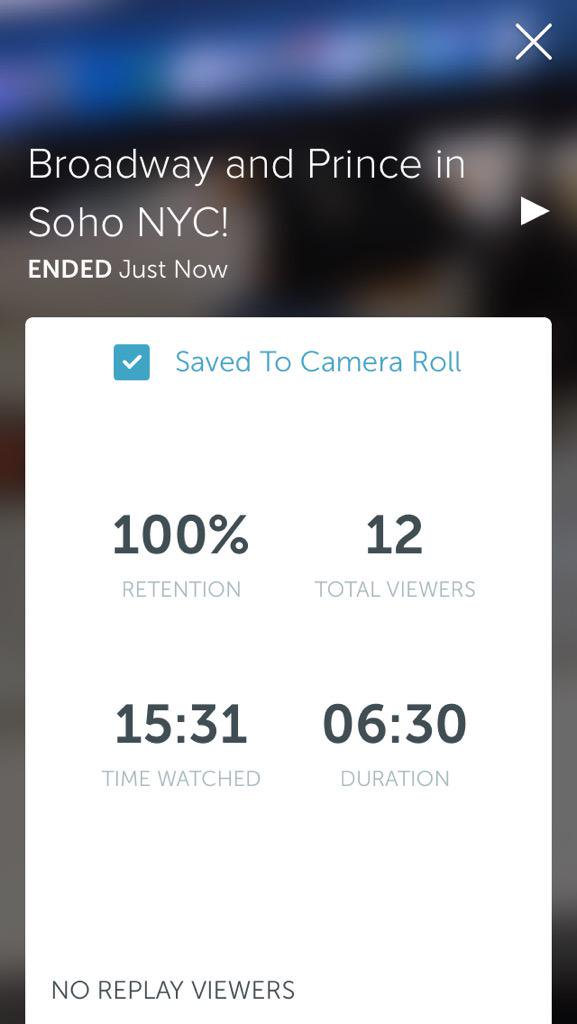
Now let me break down the numbers for you.
- 100% retention is incorrect because it’s based on just one session and you can’t measure retention this way.
- 12 total viewers watched the scope for a total time of 15:31. That’s less than 1.5 minutes per visitor in a session 6.5 minutes long.
There are many other such statistics reported by various Twitter users who conducted a live broadcast using Periscope. Like this one.
But the viewers aren’t really viewing the stream long enough to get any value from it. They’re just browsing quickly without paying any attention to your livecast.
Periscope hasn’t offered an API yet, so no third-party platforms can dig deeper into their analytics.
Maybe in 2016, Twitter will launch richer data about the scopes. Or at least offer an API.
Meerkat closely follows Periscope’s lead. But Twitter (who owns its competitor Periscope) kicked out the app from tapping into its social graph.
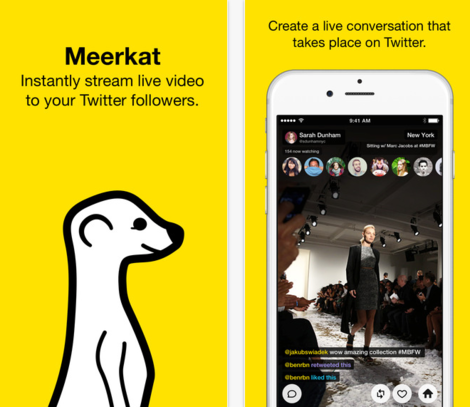
And the interest over time in Meerkat has been declining (as seen in tweets below).
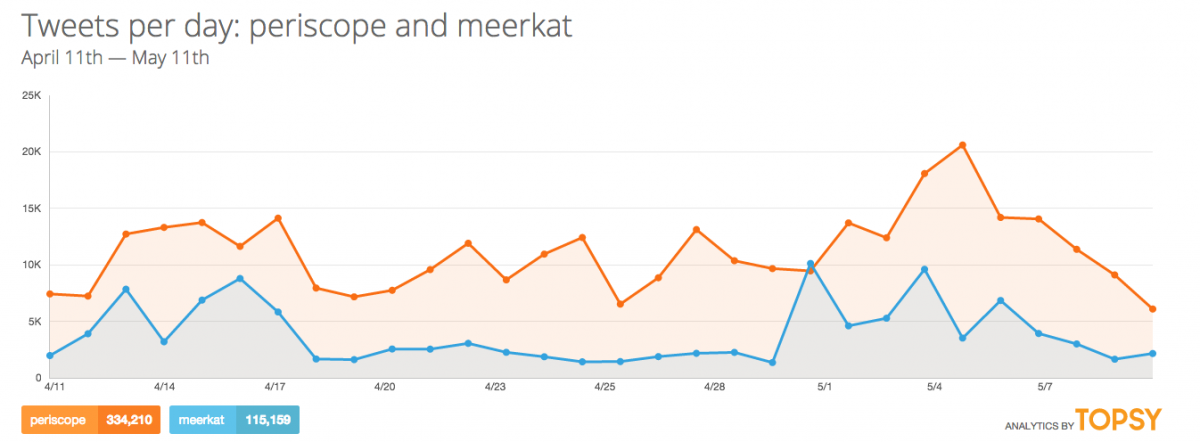
How to take advantage of Facebook Live to cater to the live-streaming obsession of your customers?
Facebook is rolling out live video streaming to its users in the news feed, directly from the app. This has the potential to attract a lion’s share of your customers interested in live video (because they’re already present on the giant social network).
The Live feature on Facebook started with verified public figures through the iOS Mentions app in August 2015. Then to profiles and finally to verified public pages.
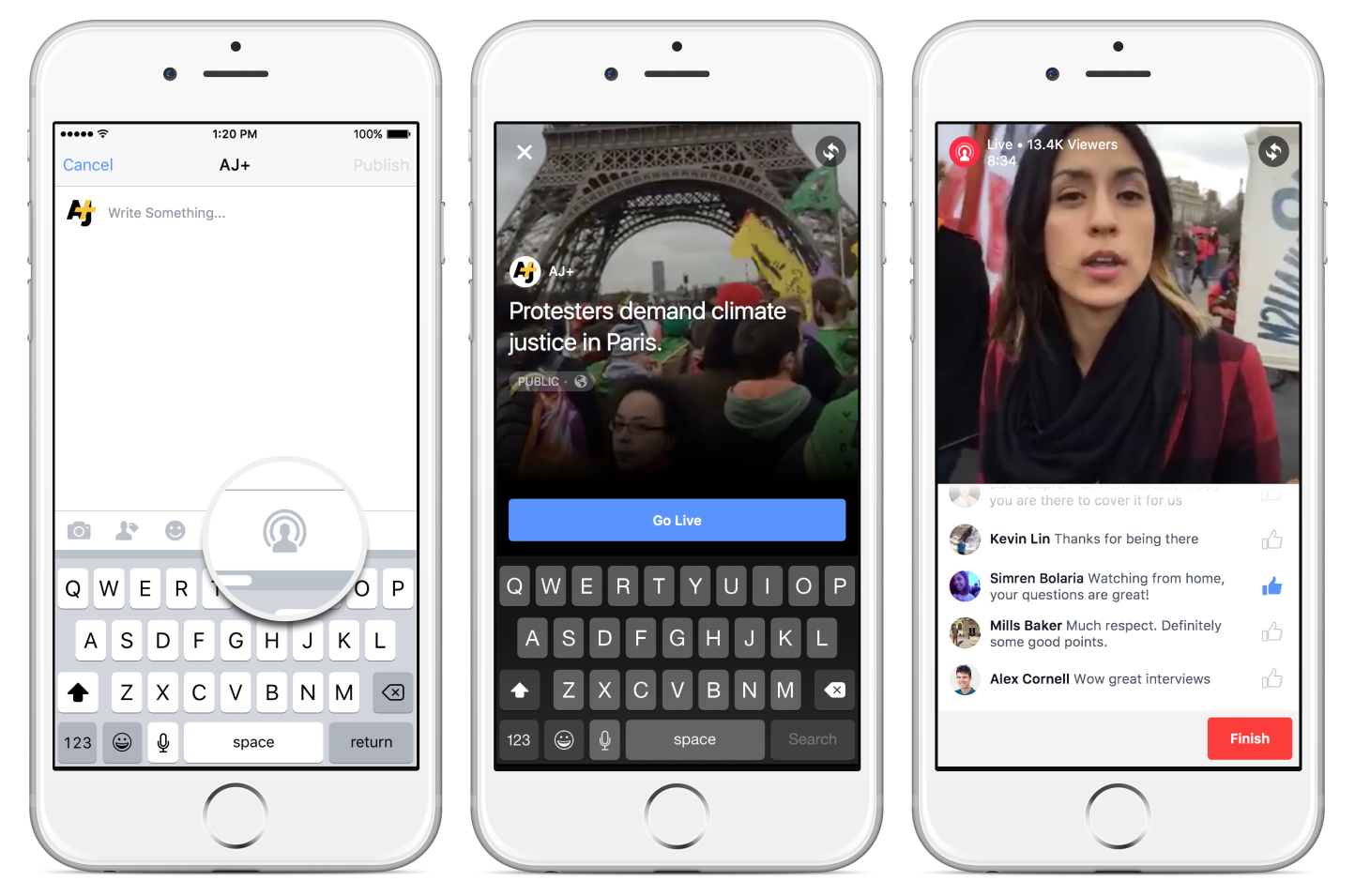
Vin Diesel used Live to talk with his fans.
Can you guess the amount of viewers he reached?
It was a freaking 1 million plus live viewers!
Videos have higher organic reach. And, Facebook now even offers a subscribe button to your fans so that they get notified the next time you go live.
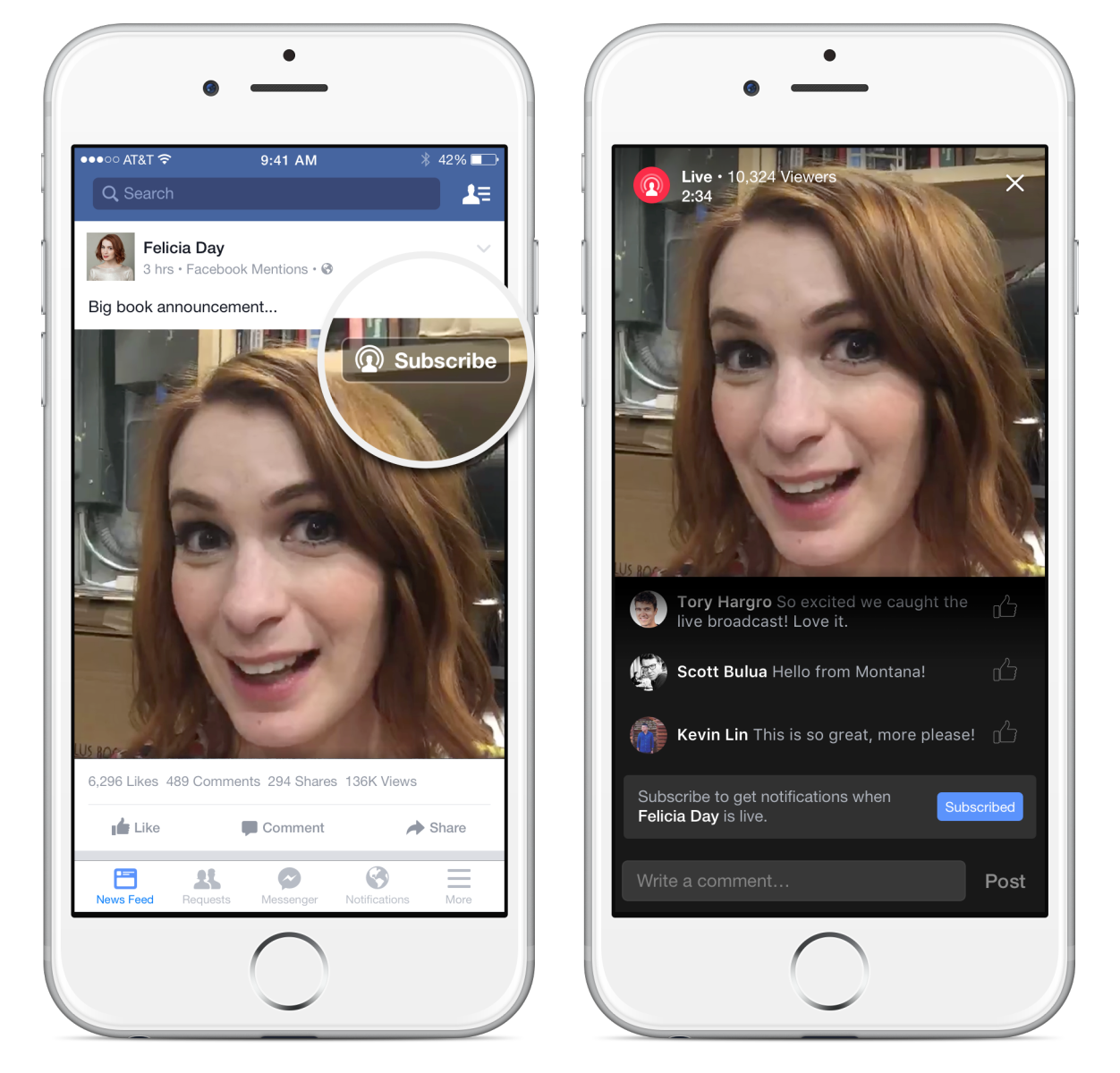
Aren’t those sufficient reasons for you to get started with integrating live streaming in your Facebook marketing?
Here are 7 tips to help you move around the Live feature.
1. You can get started with Live through your profile (or iOS mentions App) by pressing the live button under update status songs von youtube downloaden.
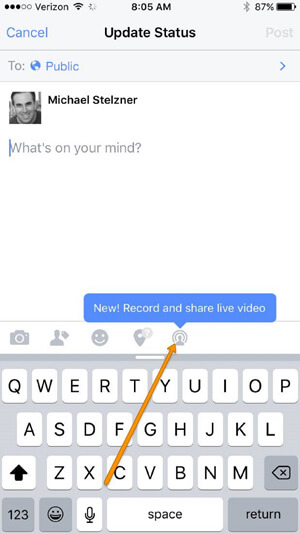
Next, you need to write a compelling short description for the video. This acts as the title and will be the deciding factor on how many people join you. Make sure it’s related to the subject of your broadcast (which you need to decide and plan beforehand).
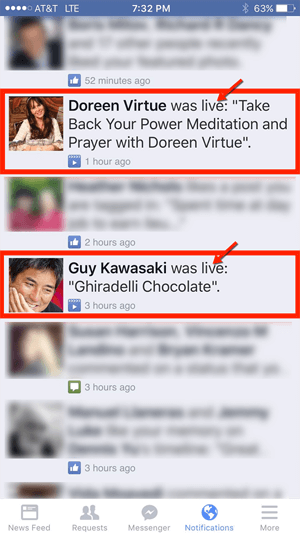
As you tap the blue ‘Go Live’ button, your broadcast will get started. After it’s complete, the video will appear on your timeline just like any other uploaded video.
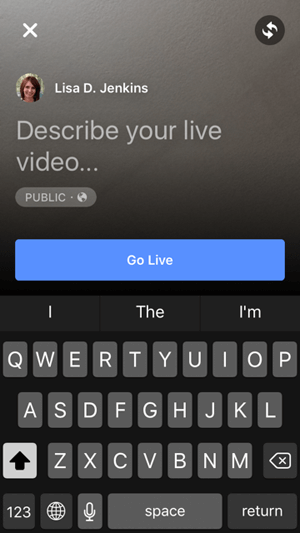
Note: You can control the audience of your video by choosing the relevant option from your privacy tab. By setting it to public, you allow the video to reach a wider audience.
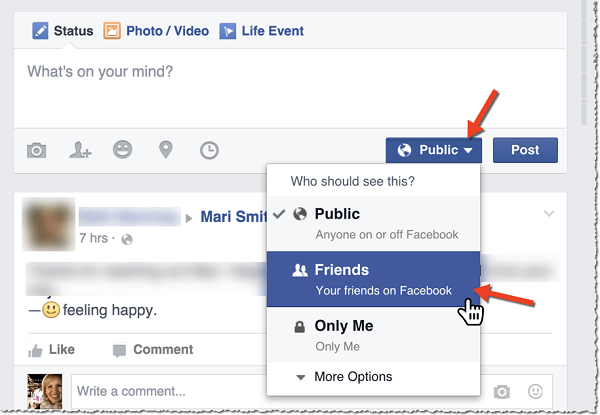
2. As with Periscope, you need to respond to the user comments you receive either during or after your broadcast.
Your fans will feel delighted if you mention their name and answer their questions live during the video.
3. Don’t live broadcast on a very trivial subject. Make them special and create anticipation by announcing that you’ll go live beforehand. Just like Stephen Amell does below.
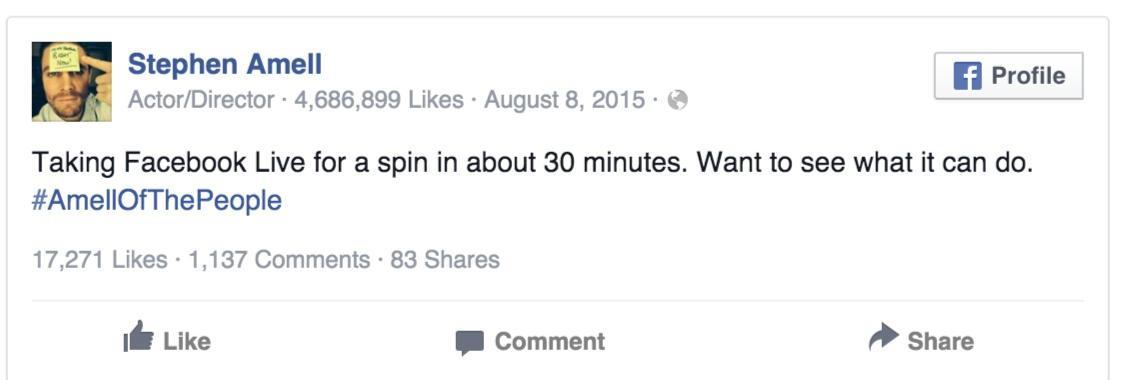
You can go behind the scenes like Mark did for Facebook.
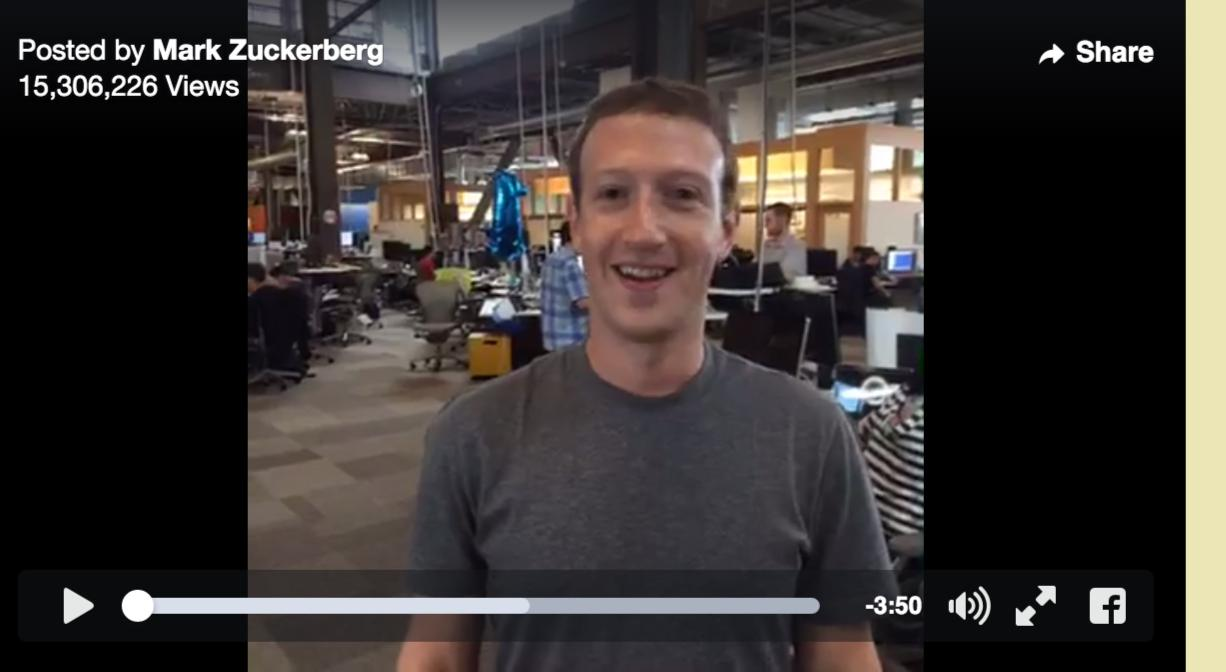
Or you can also do product demos or a how-to session for your audience (if relevant for your business).
4. Make sure that your internet connection is strong before you go live. Also, check to make sure that your audio is loud and clear.
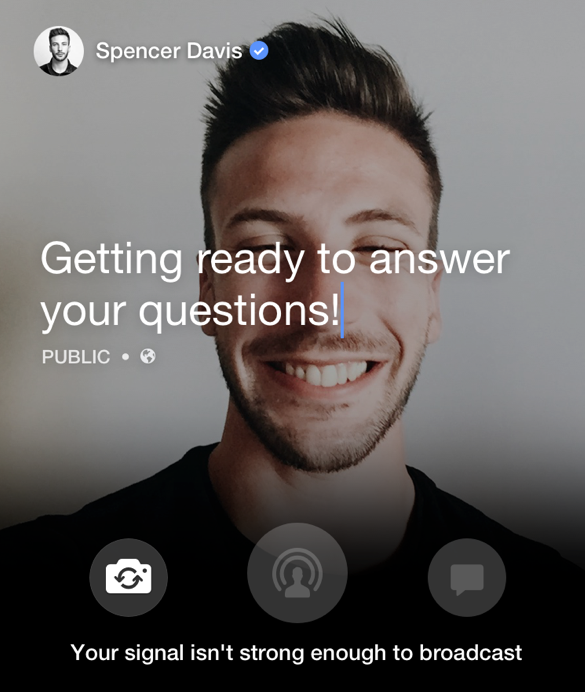
If you lose the connection during the stream, you can try going to a place with a better signal.
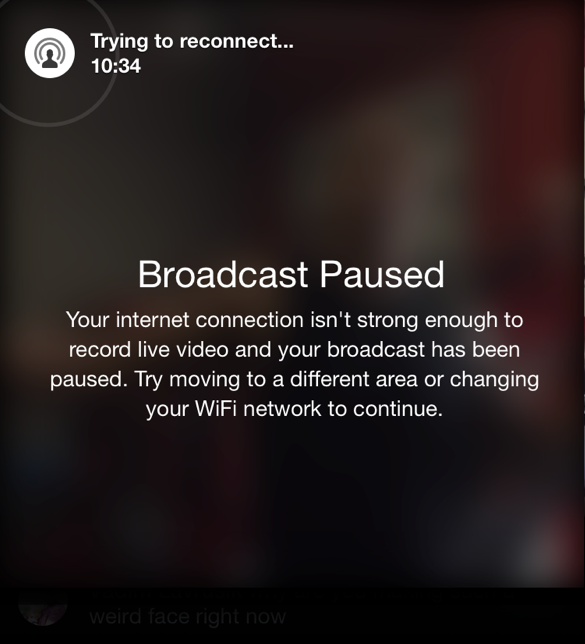
5. Your broadcasting duration can be anywhere between 2 and 20 minutes. As per Facebook, longer periods will help you in reaching more fans.
Jack Jones went live for an hour playing pranks and the post has received a whooping 51,632 Likes, 46,197 Comments and 3,413 Shares (at the time of writing this post).
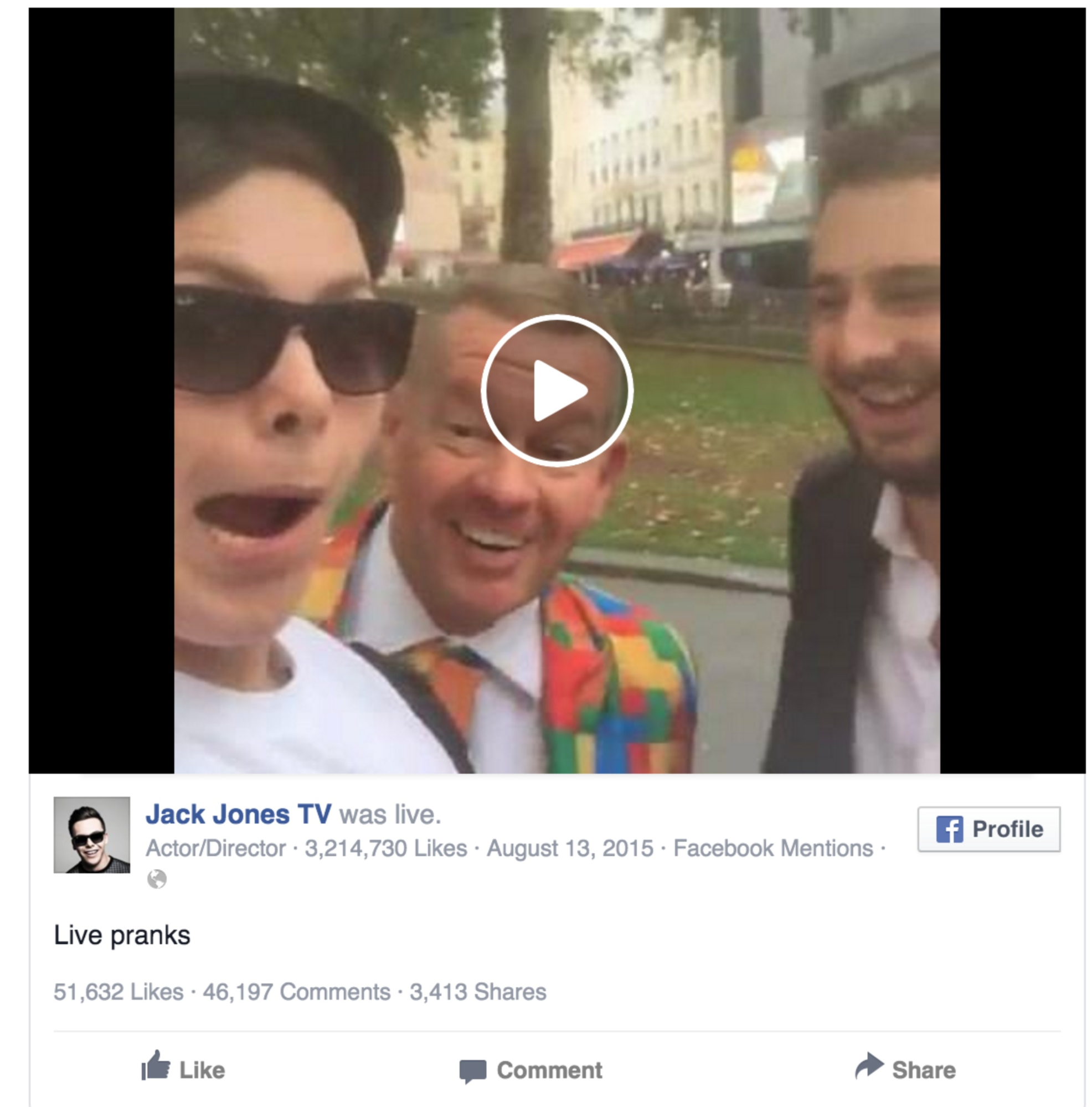
But you need to serve engaging and meaty content while being live, or else you won’t see good numbers like these.
Also, test various durations and find your sweet spot.
6. Here is the basic dashboard from where you can make changes to your video after the end of your live session.
- You can set a video category relevant to your business.
- Choose from 10 thumbnails offered or upload your own.
- Change your CTA to a more compelling one herunterladen.
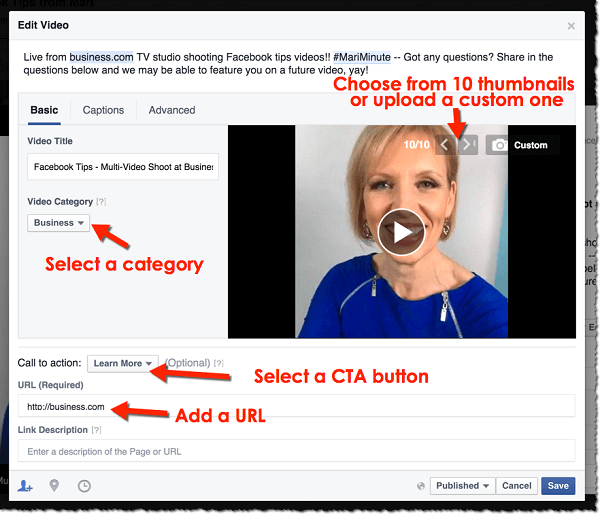
7. You can even repurpose the video into a blog post with highlights from your video cast. Guy Kawasaki shared a post mentioning his maiden run using the Facebook Live feature.
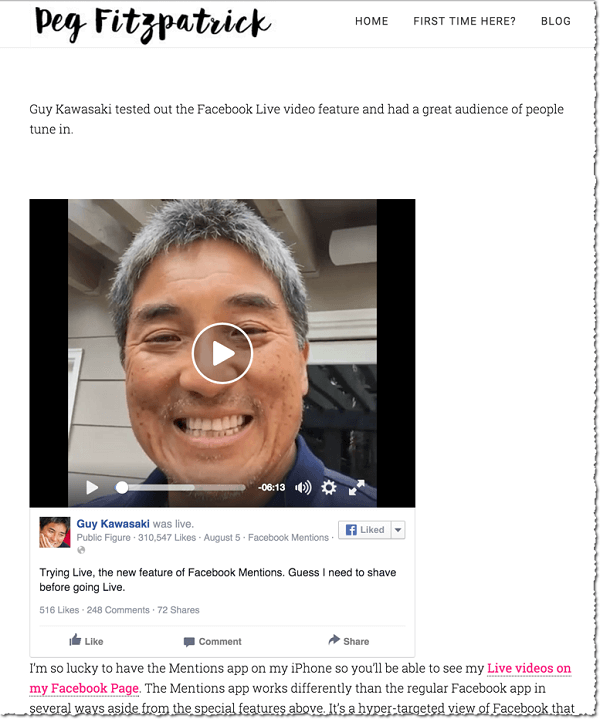
Pro Tip: In 2016, you will see adoption of cost-effective virtual reality devices (like Ricoh Theta) by businesses to show a 360 degree live video view of their products.
Such 3D experiences can even be created by your own smartphones using devices like Google Cardboard that transform your smartphone into a virtual reality device.
Here is a coffee plantation virtual reality video shot by Nescafe to give you an example of what you may expect.
Do you want to take the 360 video leap in your social media marketing?
Then get started with this guide by Antonio.
2. The ignition of social commerce with the availability of buy buttons on all major social media platforms
Back in July 2014, Facebook said that it was testing ‘Buy Now’ call to action buttons to facilitate a direct purchase between the user and your business without leaving Facebook.
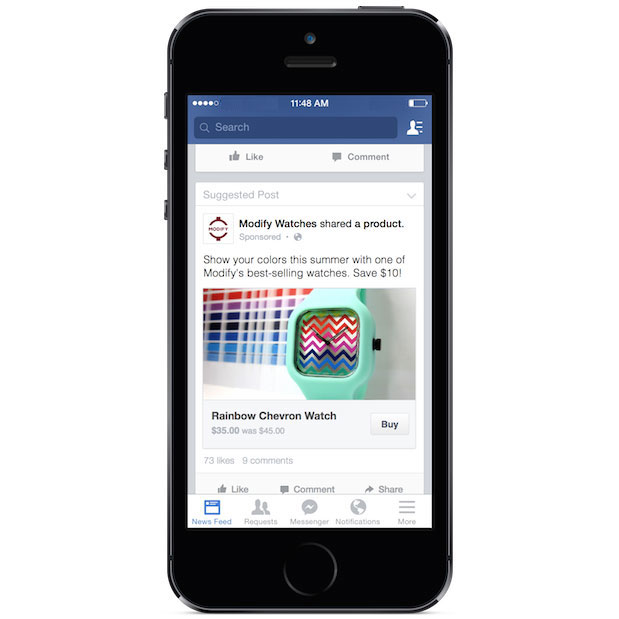
They would appear in the newsfeed on both desktop and mobile views and you could either post on your page or even advertise to drive sales.
The test was limited to a few small and medium sized businesses in the US.
Later in July 2015, Facebook launched pages for shops. This feature gives businesses an opportunity to showcase their products directly within their Facebook walls.
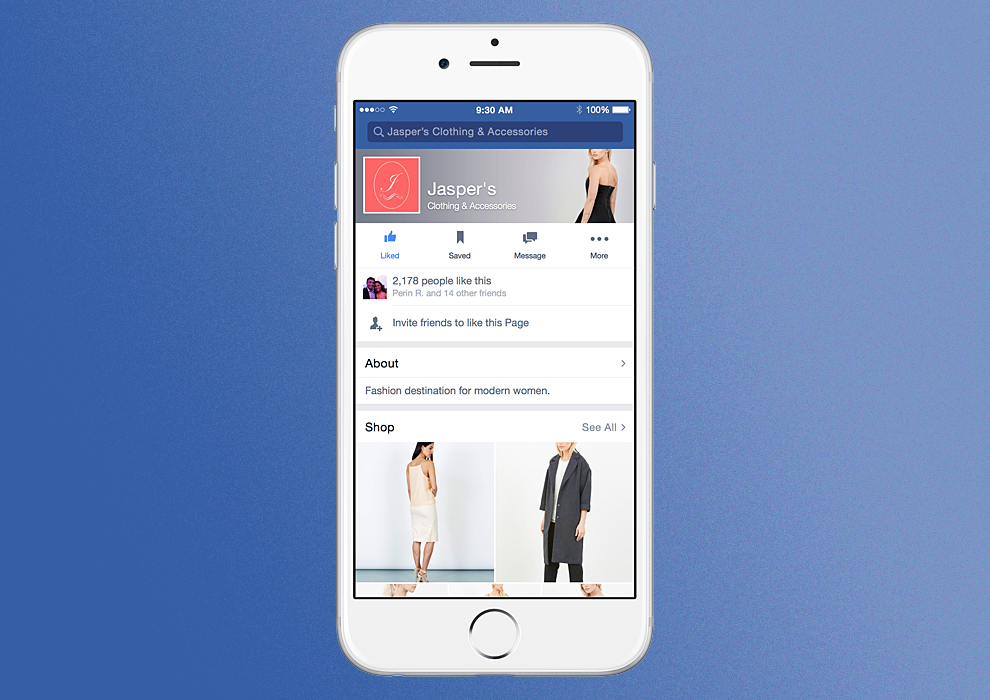
How long would Pinterest lag behind?
Its demography consists of 80% females (who have high purchasing power) and they have been a major source of revenue for many retailers.
So, starting June 30, 2015, Pinterest also started rolling out a buyable Pins experience for its users (designed with mobile in mind).

Pinterest started the blue button test with brands including Macy’s, Neiman Marcus and Nordstrom. Later it even announced buyable Pins integration with Bigcommerce, IBM Websphere and Magento.
Here is the official introduction video to buyable pins by Pinterest.
You can even test the colors of the pin itself or offer the ability to pin a product if you want to come back and buy it later.
Want to buy hand-picked products on Pinterest unfallprotokoll herunterladen?
Then just choose the ‘Shop our picks’ category.
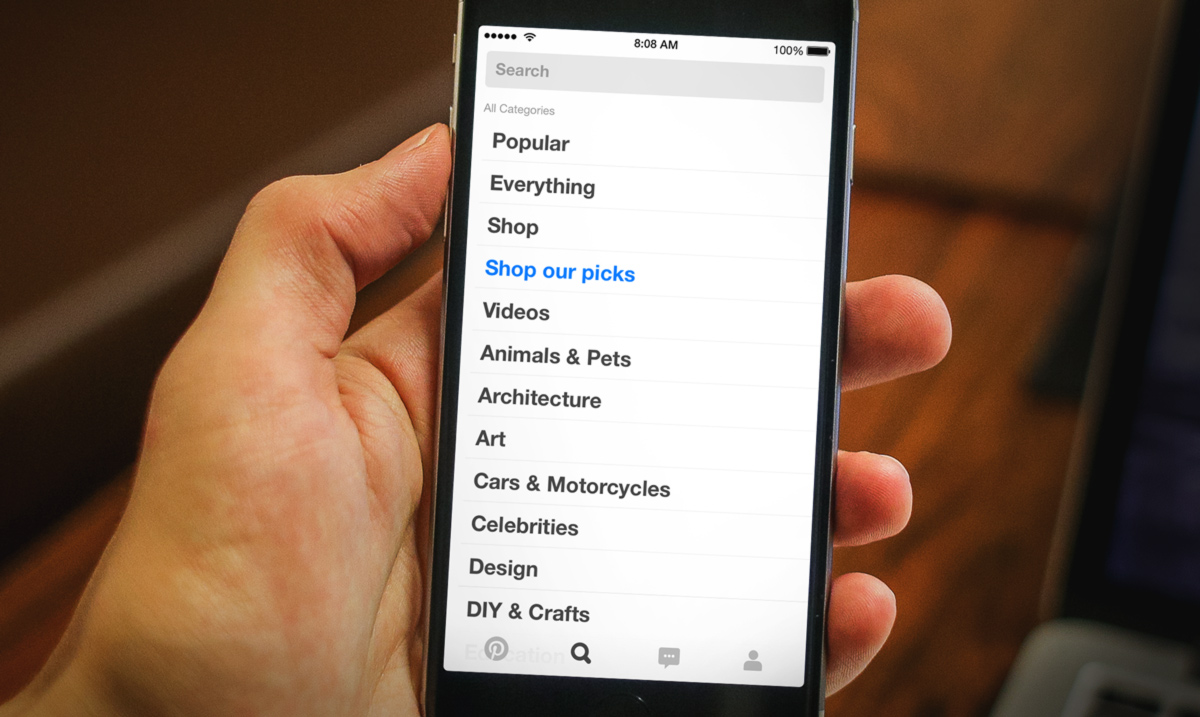
Pinners can see all the buyable pins from a specific store by heading to their Pinterest profile and tapping the Shop Pins button.
Media-rich social platform, Instagram launched various ad formats including ‘Shop Now’ with enhanced targeting for advertisers.
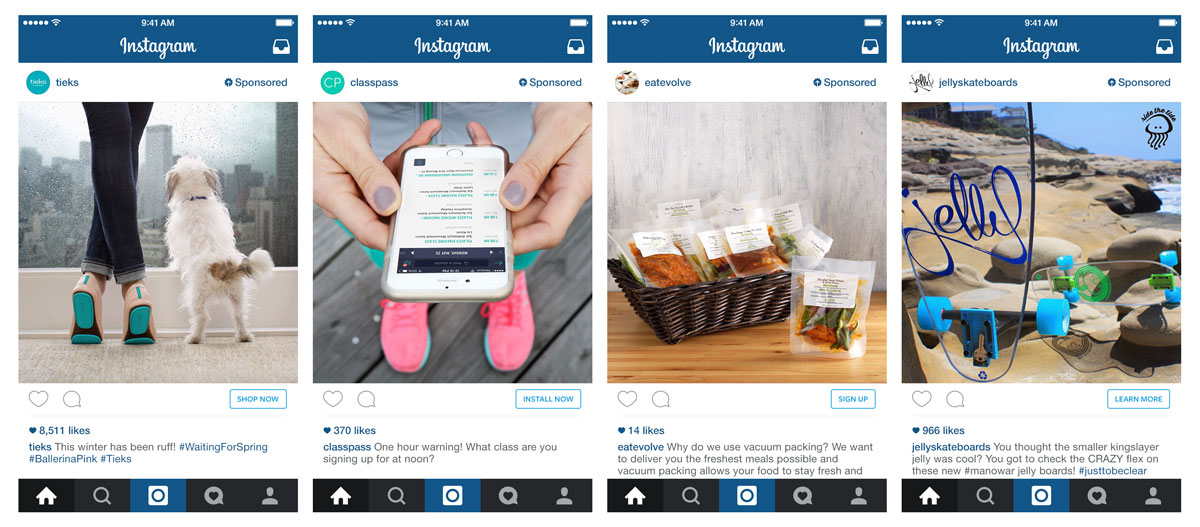
Twitter followed the lead of other social networks allowing direct selling to businesses with the ‘Buy’ button.
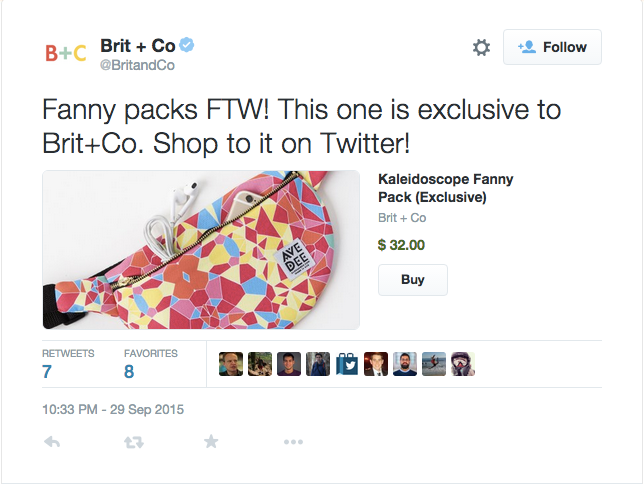
So what do these one-click purchases without leaving the app mean for you?
As a business, transactionalization can help you to incredibly lift your sales because it removes friction in the mobile conversion process.
In fact the average sale value from Pinterest is $50. And 93% of Pinterest users plan their purchases using the platform.
If you’re an eCommerce business, then I would recommend that you sign up and start using the buy buttons on your social platforms.
If you use Shopify, then follow the steps in this article to get started on Twitter and Pinterest. You’ll soon start getting insights into the sales and engagement on your Shopify orders page.
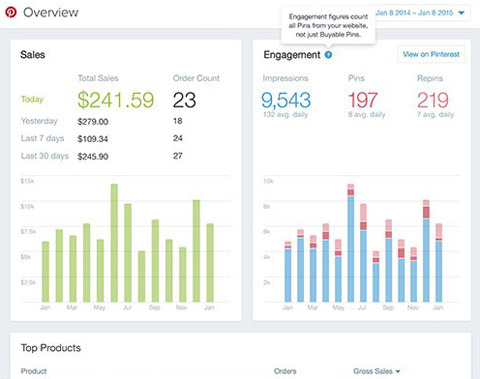
If you’re a fashion brand, you need to especially dive into social commerce now. You never know if and when the ‘buy button’ ad fatigue will set in and impulse buying will flatten.
3. You might see a huge bump in paid social media advertising campaigns launched by brands
If you’ve ever marketed on Facebook, you know what I am talking about.
The Organic reach of pages has been on a continuous decline on Facebook (as low as 2.27% for pages with over million likes). Businesses now have to pay to reach their audience and generate leads.
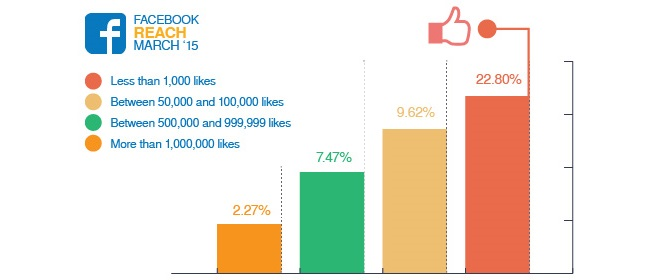
Expect tweaks in the algorithms of other social networks in 2016. You’ll have to pay to garner more brand visibility.
For example, Twitter was recently in the news for deciding to not show ads to their prominent users (having a good following). This might mean more ads in the average Twitter user stream.
But social networks maximizing the value of their users by offering you paid advertising options shouldn’t make you sad.
Your target audience hangs out on these platforms and shares mammoth information about their life events and behaviors that can actually help you in targeting them in great detail internet explorer herunterladen für mac.
As an example, you can target people who recently announced that they got engaged on Facebook.
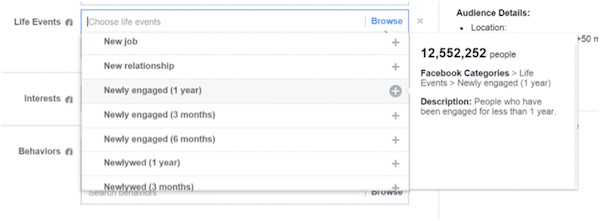
Or people who recently bought business marketing services.

1,500 data points are available for targeting on the Facebook Ads ecosystem alone.
And, using partner audiences on Twitter, you can even reach users based on their offline activity. You get over 1,000 different audiences stacked across 12 broad categories.
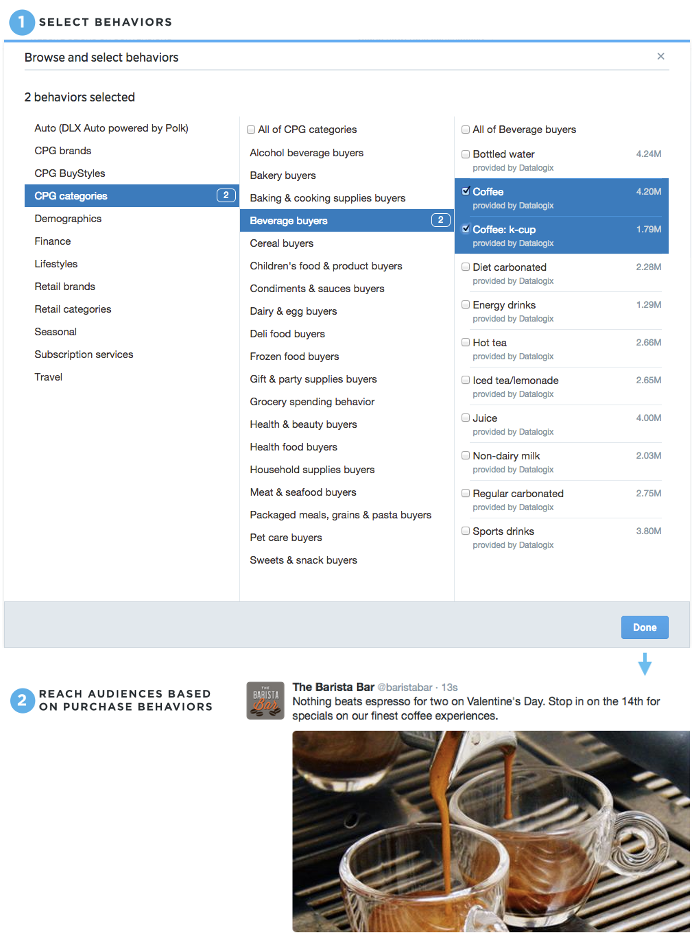
Isn’t it all about the ROI you derive at the end?
So you shouldn’t get depressed if you can get a click for under 3 pennies from Facebook.

Or derive $41,254.34 in revenue from spending just $775.50 on promoted pins on Pinterest.
4. Continuous data breach hacking events might trigger all-time high user concerns over privacy and security
As if the get-rich-quick online scams weren’t already stirring gullible users and contributing to loss of internet’s credibility.
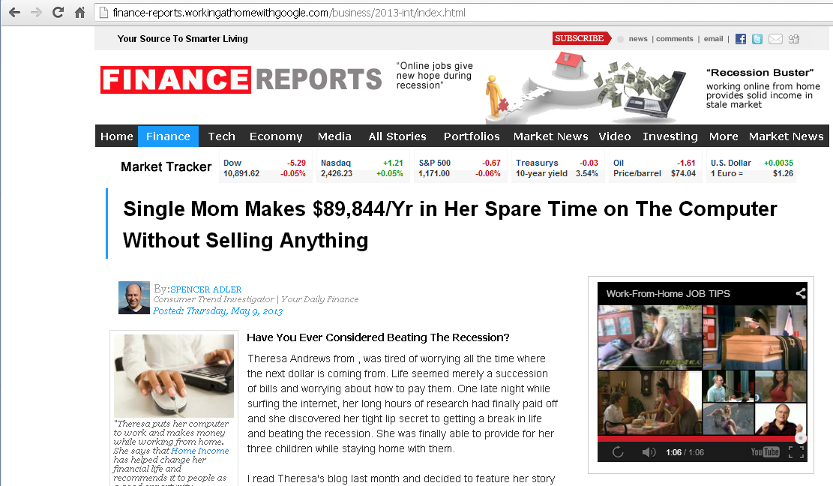
But forget those spam mails from Nigeria and junk ads about making millions of dollars in just 60 minutes working from home.

In 2015, you witnessed major high-profile security breaches and data thefts, like the 9.7 gigabyte data hacked from Ashley Madison – the data of 32 million users was exposed along with 7 years of credit card and other payment transaction details.
I’ve got even more bad news for you. As per ZDNet, almost every American was affected by at least one data breach in 2015.
In fact, loss of privacy has been cited as having the most negative impact due to the rise of personal tech.
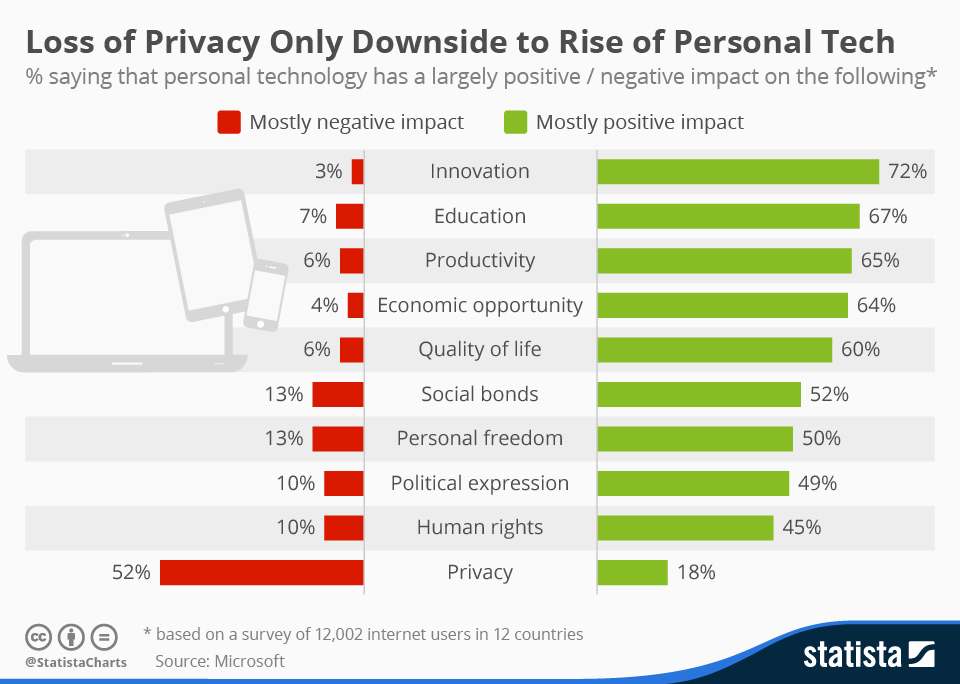
Respondents from 11 out of 12 countries surveyed by Microsoft said that they found the rise of personal technology to have a negative impact on their privacy.
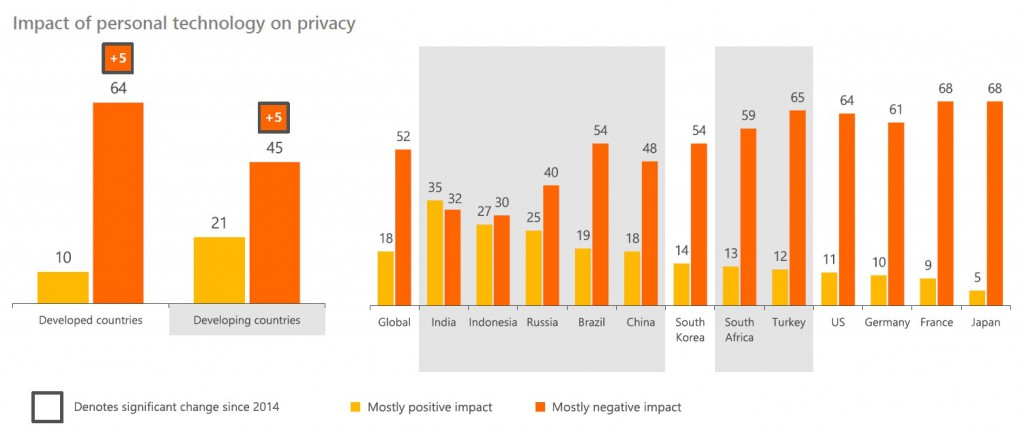
In another survey conducted by Broadband Genie, 77% of internet users in the UK said that they feel internet is becoming more dangerous.
This has made already uncertain internet users even more hesitant to share their personal data with you – like their email and contact information or even logging onto your website by allowing you to access their information on their social media profile.
They are also more cautious to take out their wallets and enter their credit card information when buying from you.
So what does this mean for brands and marketers like you spotify playlist via mobile data? Here are 5 strategies to combat the rising insecurity tide.
1. Use social proof to convince your customer – The most powerful way to increase your conversions and drive sales from the customers who are on the fence is proving your value.
You can use social proof in various forms, such as showing your number of fans and followers on social media.
You can even include what your customers are saying about you on social media as testimonials. James Clear does this on his about page. He displays tweets about his newsletter from his subscribers.
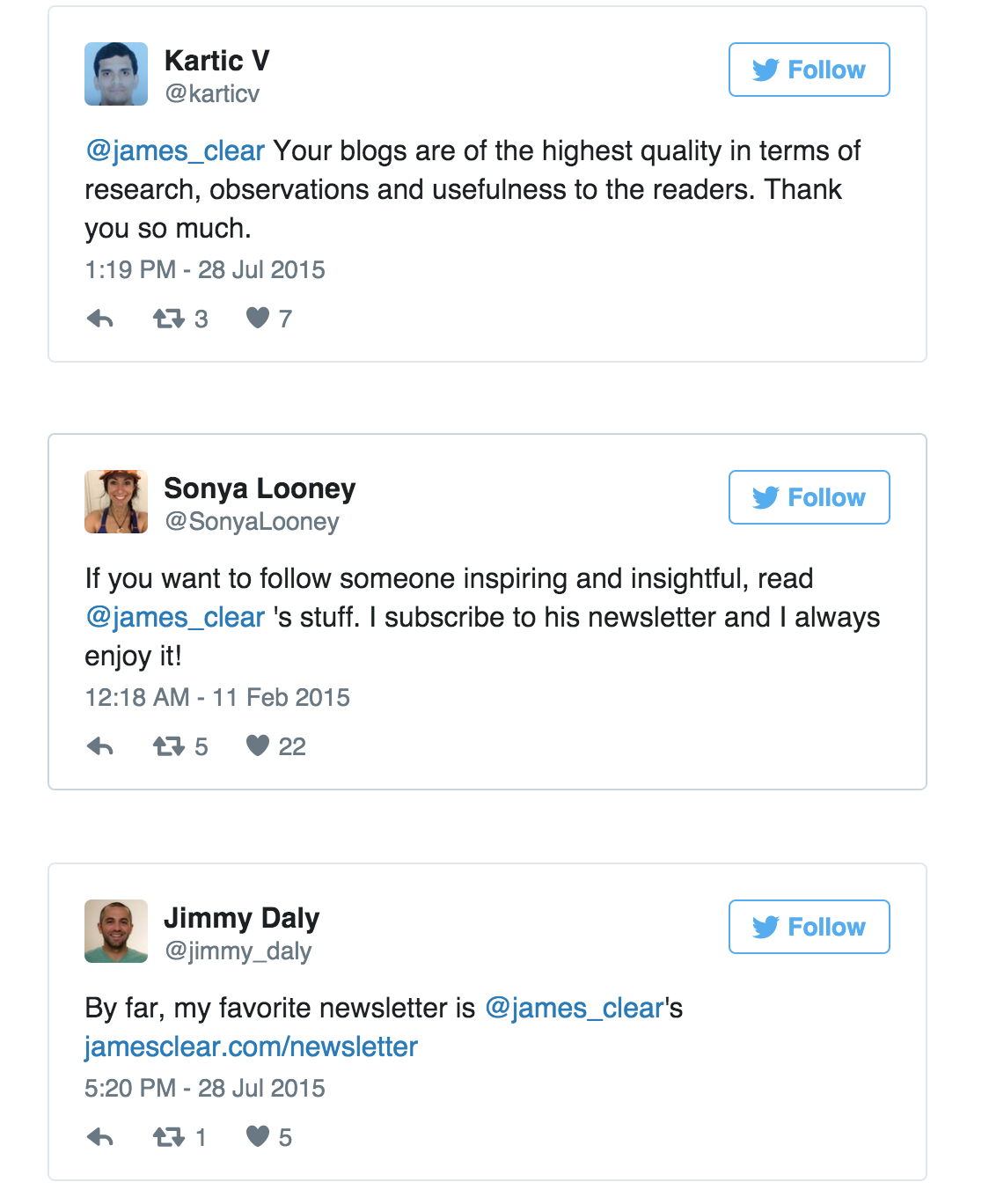 You can also write detailed case studies revolving around your product and share them with your followers on social media. Like Hootsuite does below on Twitter.
You can also write detailed case studies revolving around your product and share them with your followers on social media. Like Hootsuite does below on Twitter.
@hootsuite Looks great! ?
— Five Guys (@Five_Guys) February 17, 2015
2. Don’t use shabby marketing tactics that hurt user-experience – Is your brand getting associated negatively online? Nobody will feel secure in giving information to a website whose ads are appearing on a porn website.
If you engage in paid advertising, check that your ads only appear on relevant websites in your niche.
Example – Under Google AdWords, you can manage your ad placements from the Display Network tab. Just click on placements to get the list of websites where your ads appear. Then select a website and use the dropdown to get the “excluded” option.
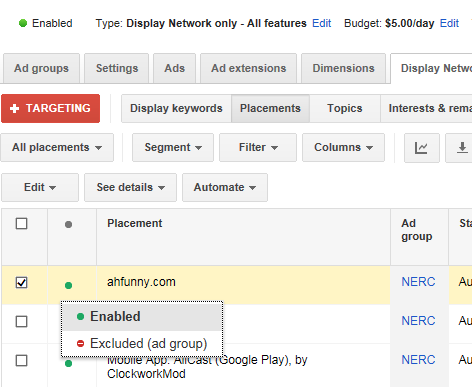
3. Be Transparent. Send a notification mail to your users if you change your privacy policy – You cannot just wake up one day and start mining your user’s data in whatever way you desire, even if it’s to serve them more targeted advertisements or better content.
It’ll lead to loss of trust and hamper your brand’s credibility.
And you might end up with lawsuits – the worst business nightmare. Trust me, legal proceedings aren’t fun and are very costly.
Yahoo might end up paying $4 million to class lawyers at Girard Gibbs and Kaplan Fox for settlement of their email privacy issues dating back to 2013.
You need to send a notification mail to your users about changes in your privacy policy.
As an example, look at the email by Elance below. It links to the 8 terms of service sections that have been updated. And the email even includes each section’s overview. Neat stuff, right?

You can also include any information on how users can opt out of your tracking. In the mail below, Pinterest asks its users to change their account settings (even provides a direct link to it in the mail) if they don’t want to be tracked youtube mp3 online herunterladen.
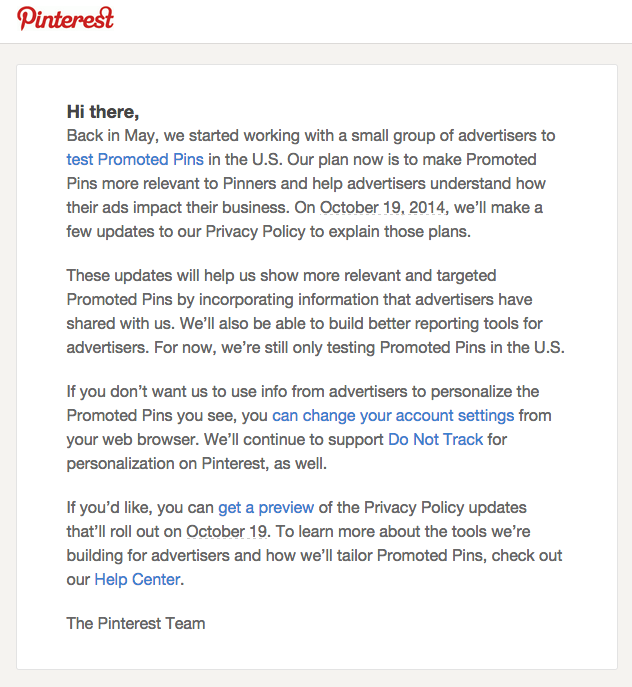
You can see more examples of sending changes to privacy policy emails in this article at Termsfeed.
4. Include a prominent disclaimer statement while collecting emails – Wherever on your website you create an opt-in box for collecting your visitor’s info, include a statement that says you care about their privacy.
Look at the statement I use here at NeilPatel.com.

And you should also include a note in all of your emails to your subscribers specifying why they’re receiving your updates.
The reason being that there might be numerous ways to sign up for your newsletter (like a lead magnet or a content upgrade from your blog post). So, you should make it clear to your subscribers how they got on your list.
The message Jon Morrow from BoostBlogTraffic.com includes with his emails is a great example of a subscription disclaimer.

Also, if you’re collecting emails to build a list for your newsletter, then you must comply with the privacy regulations in your country. This Iubenda article on privacy policy for email newsletters is a good place to get started on the key elements you need to consider.
5. Carry transactions on secure payment gateways – As per an eConsultancy survey,58% of respondents said they dropped out of the checkout page since they didn’t feel safe about payment security.
So get a secure sockets layer (SSL) certificate for your website. It establishes that your website has a secure connection and encrypts credit card information.
Also comply with Payment Card Industry (PCI) council standards. And display the PCI and SSL badges on your website to establish trust with your customers.
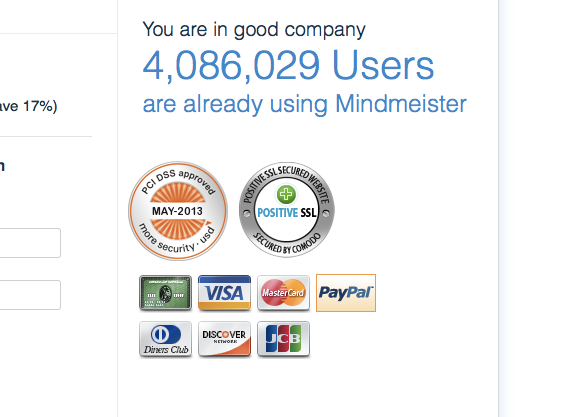
If you’re associated with Shopify, you can also use their security badge. They comply with the PCI standards.
![]()
5. Messaging apps like WhatsApp and Facebook Messenger will open gates for brands to communicate with their customers
Mobile is no longer the future. It’s happening now. Messaging apps are the lifeline of communications on mobile phones. Look at their dominance in mobile usage sessions sims 4 houses for free.
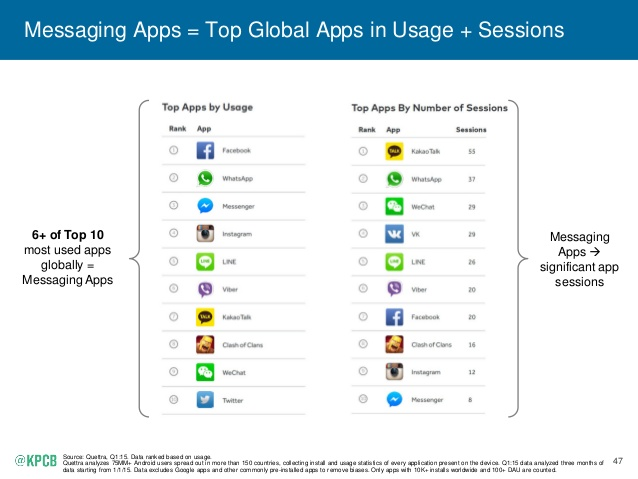
And here is another chart of the monthly active user numbers of the most popular messenger apps.
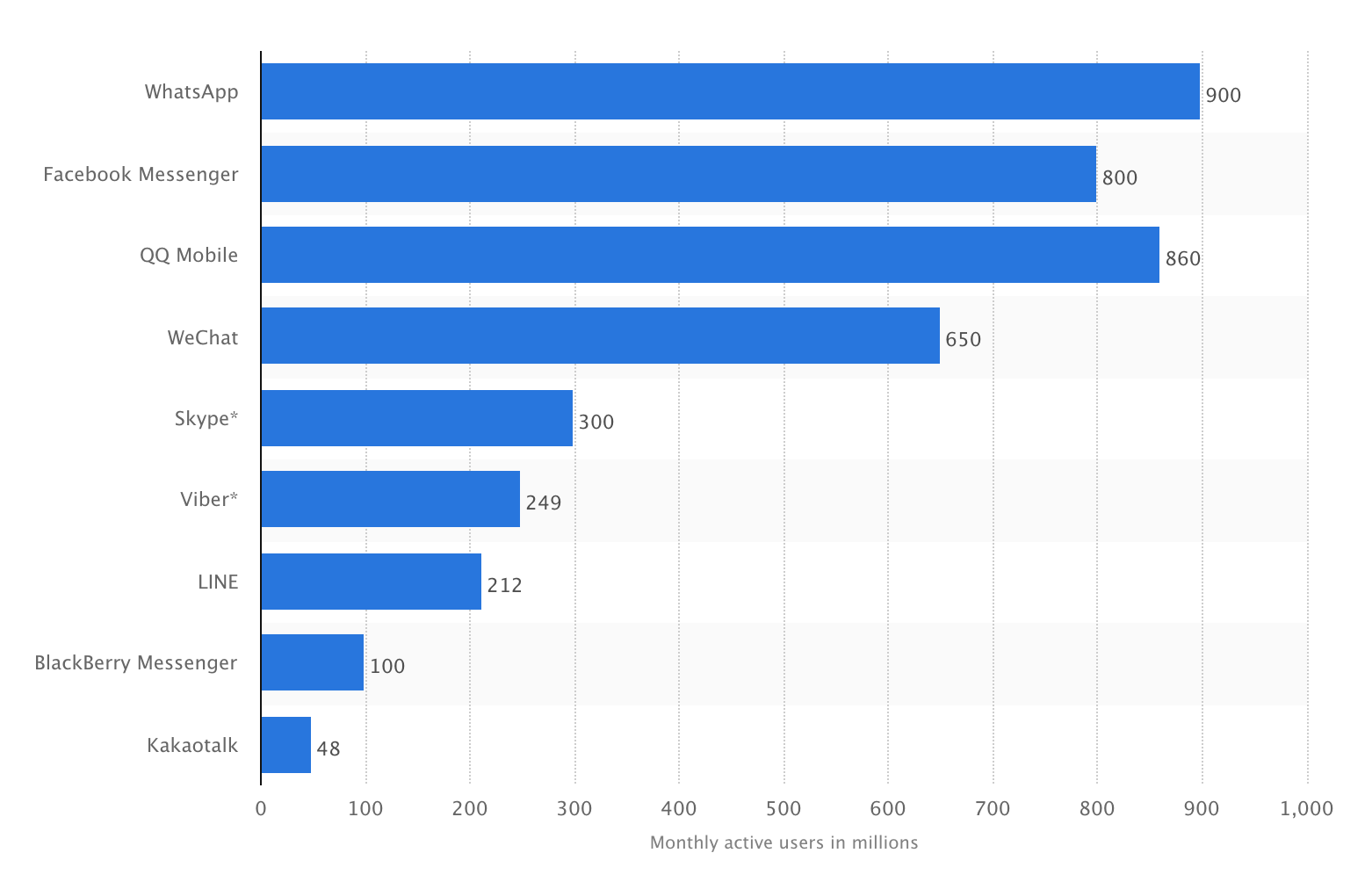
So what are the plans of Facebook with its messaging apps WhatsApp and Messenger? How is it planning to monetize their gigantic user base?
Like WhatsApp promised – you won’t see any ads. On Jan 18, they even announced removal of the yearly subscription fees. But they also spoke about testing tools for businesses. This will allow a user to interact with his bank or airline through WhatsApp.
To give you a glimpse of what lies ahead for Messenger, Facebook has already collaborated with Uber. Now you can book your rides from inside messenger.
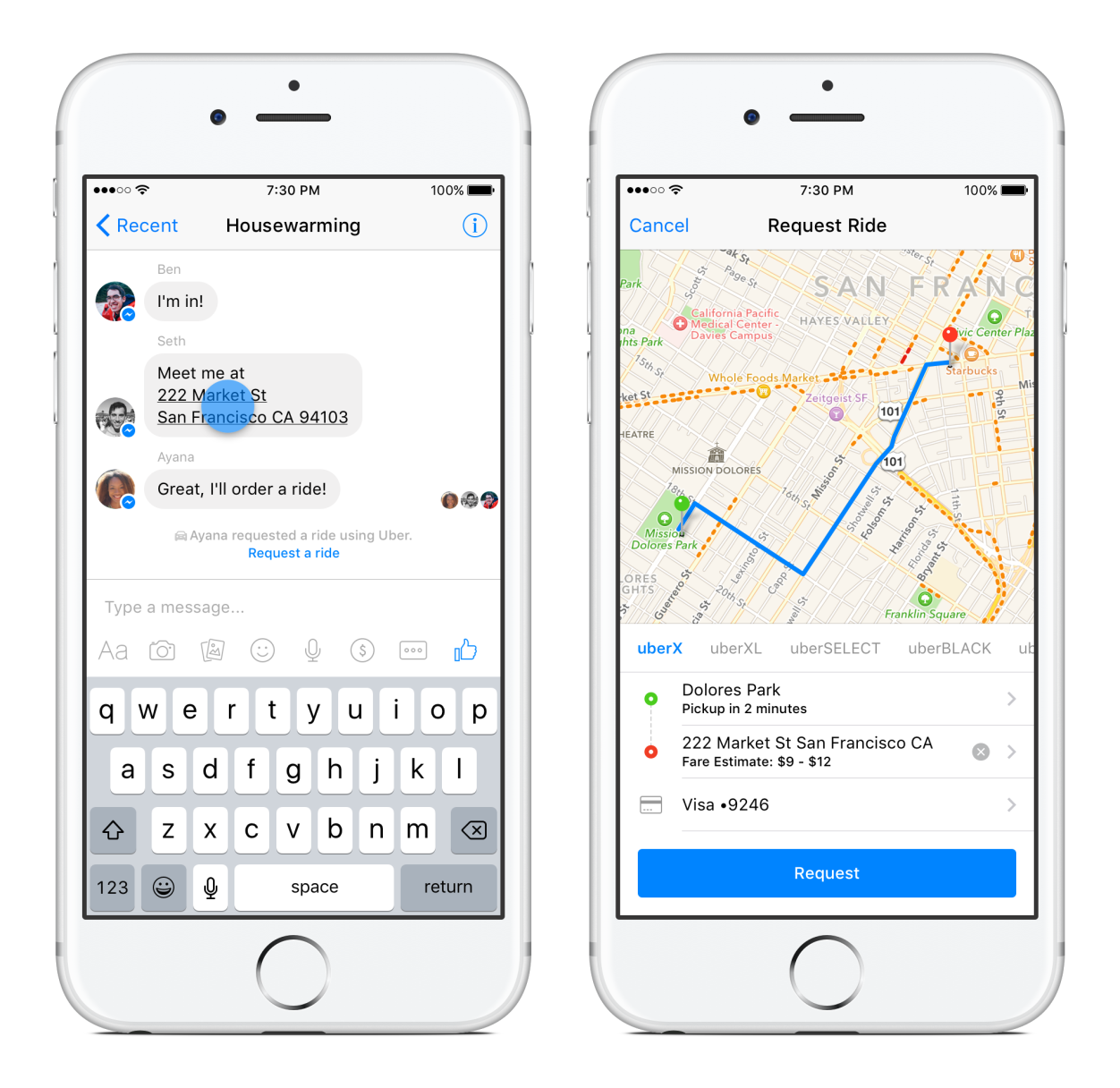
Messaging apps have been raking huge traffic and great valuations. But their revenue share doesn’t seem to have a bright future. Portio Research estimated that global messaging apps’ revenue will only decline now (after it peaked last year).
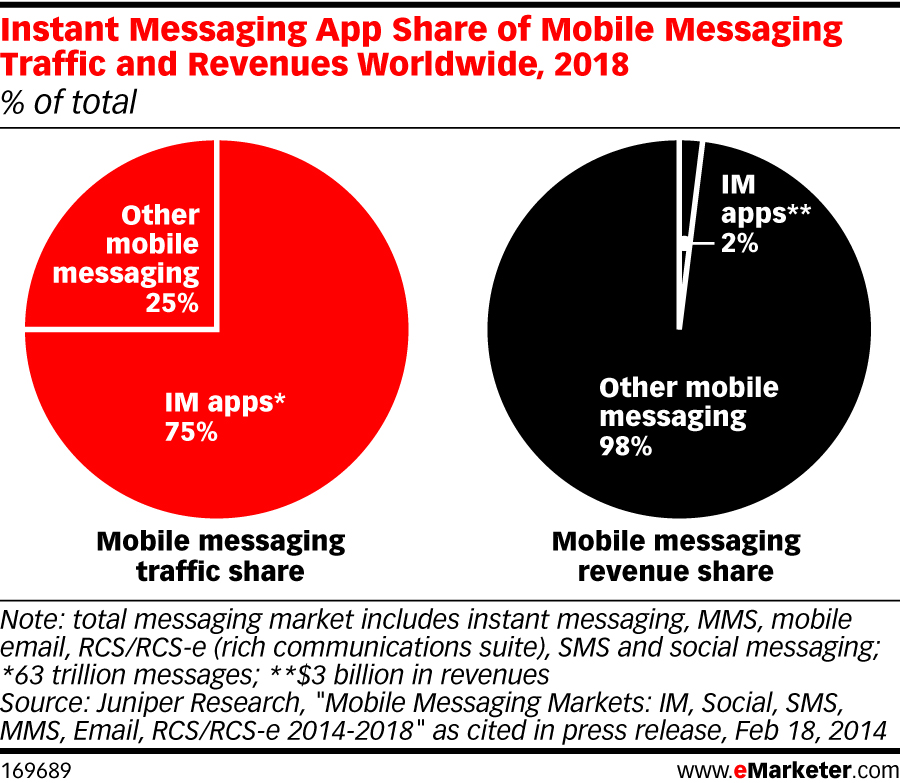
Opening their channels for brands to communicate with customers and prospects seems to be the best way for messaging providers to tackle the monetization challenge with their huge traffic numbers.
6. Content takes center stage, with Facebook opening publication of full-length articles to retain users on its platform
In Feb 2014, LinkedIn opened doors of its publishing platform to the public.
Facebook has also forayed into offering publication options on its own servers with Instant Articles.
Publishers have the option to make their article interactive with video embeds, autoplay, audio captions, interactive maps and much more.
It can be another great source of exposure and increase social interaction for your brand.
How?
You can repurpose your best articles (publishing from your own Content Management System) to reach a newer audience in Facebook’s huge 1 billion+ user base.
To give you an example of the traffic you can derive from repurposed content, look at the results that Matthew Woodward achieved from repurposing a post about SEO from his blog.
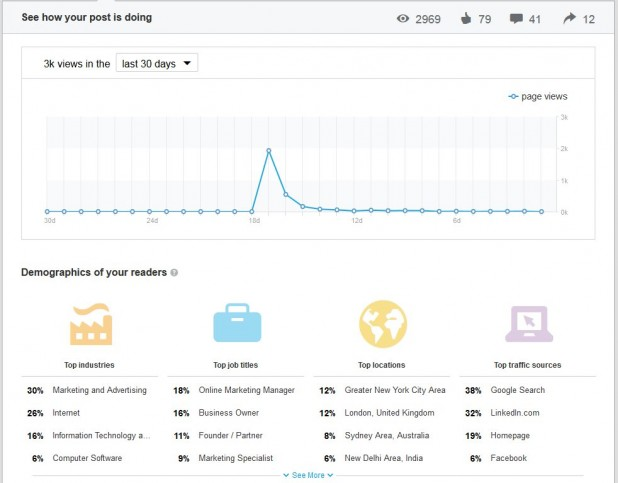
Yep 3K views on LinkedIn. Plus he managed to get 332 new subscribers to his post (at a conversion rate of 76.15%).
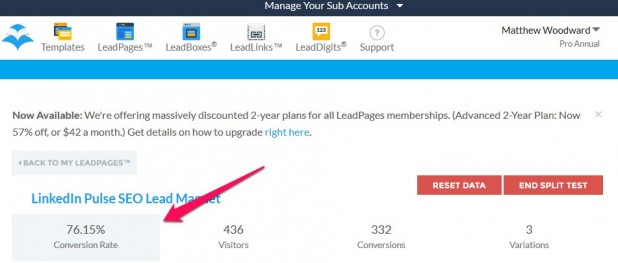
Jeff Goins also occasionally syndicates his blog posts on Medium iphone xs hintergrundbild herunterladen. Not only do his posts get great engagement, but he also drops links to his related blog posts within the article and a link to his newsletter at the end of the article.
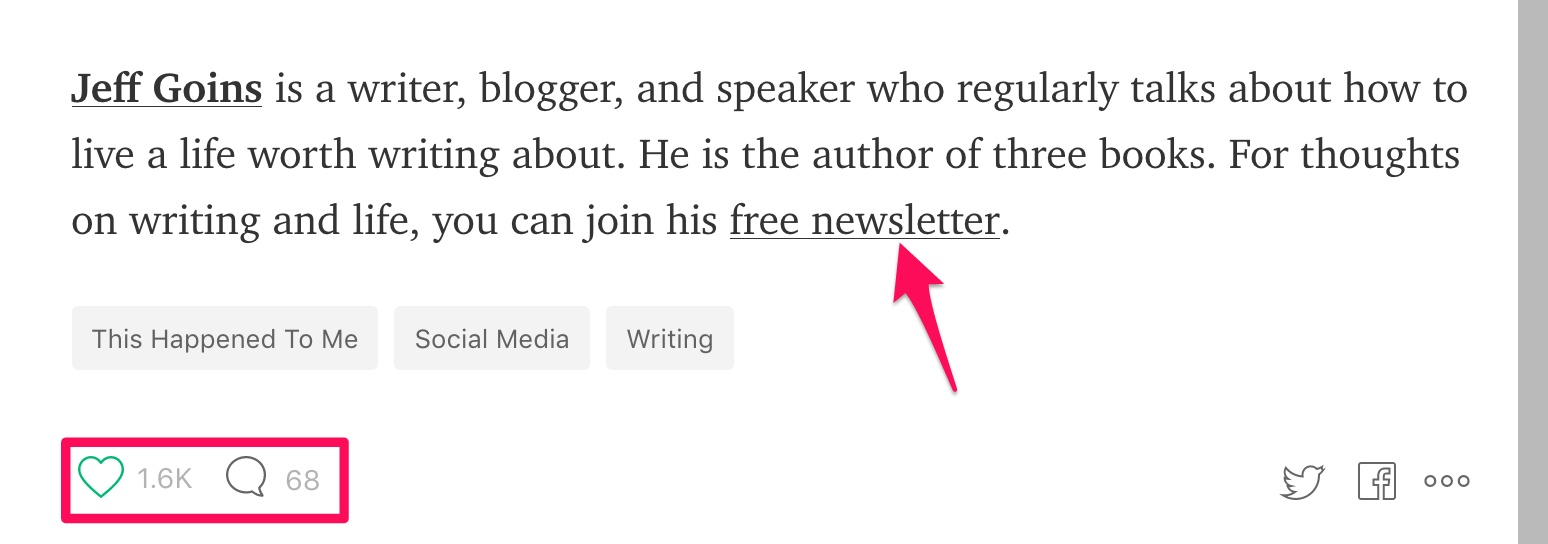
He talks in detail about the benefits and drawbacks of syndicating on Medium in this podcast episode.
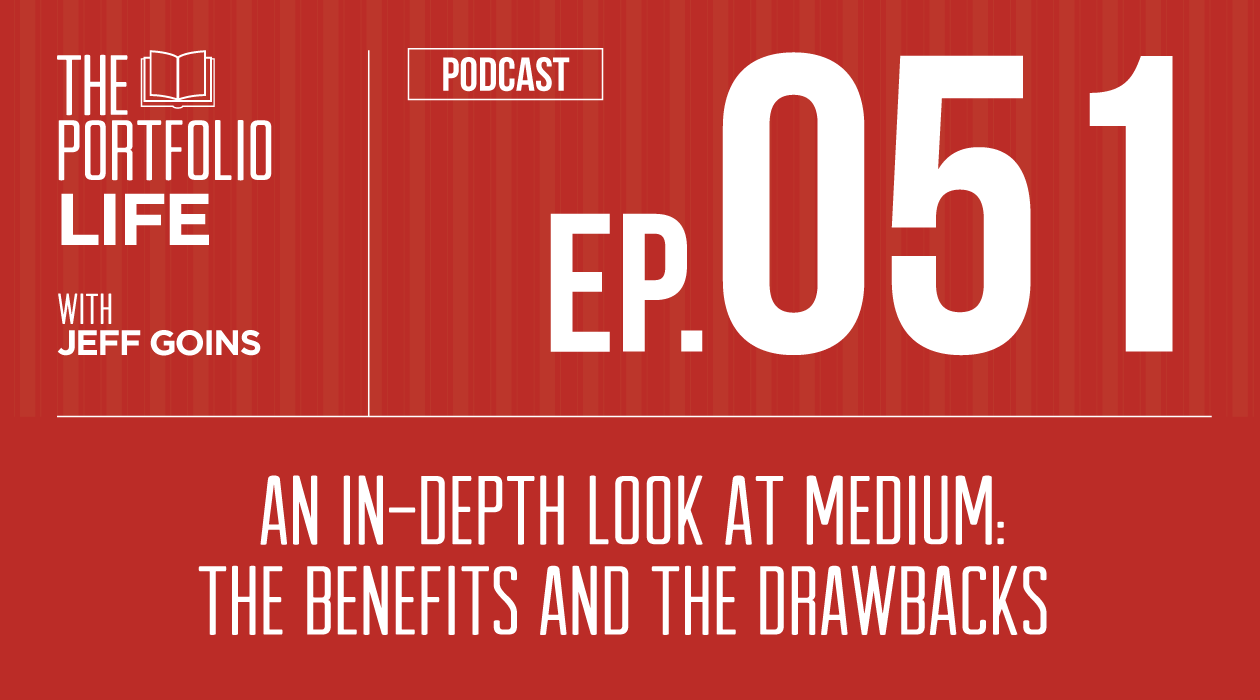
Conclusion
You may say that trends are just fads- short-term and not predictable.
But, if you prepare yourself for even a couple of these trends and include them into your social media marketing strategy, then you might gain first-mover advantages.
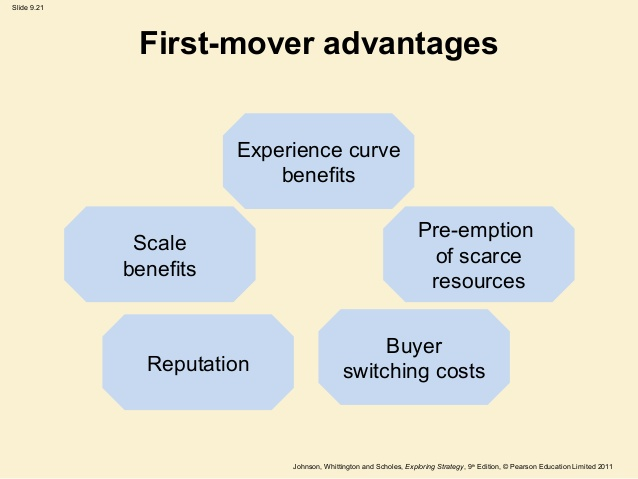
Once other companies jump onto these tactics, they will no longer remain as effective in driving business results.
I’ve included actionable strategies (where possible) to help you to hit ground with each of these six trends. I Hope you’re able to capitalize on them.
I want to hear your thoughts. What are your predictions for the social media landscape in 2016?



